One of the top 3 questions I get via email goes something like this:
I really want to feed healthier meals to my family. I know it’s important. But it’s so expensive. I just don’t think I can do it on my budget. Do you have any tips for eating healthy on a budget?
I’ve had literally hundreds of emails like this land in my inbox over the past year or two. At long last, I decided it was high time I dedicated article on this topic (I’m not sure why I didn’t do this sooner).
What’s your grocery budget?
Whether you have a big one or a small one, chances are you have some kind of grocery budget. Precious few individuals in this world can make purchases with complete abandon (nor would it be wise to do so even if you could).
I’ve had years of plenty and years of want. Years with small budgets and years with larger budgets.
I’ve lived on a beans-and-rice grocery budget. Trust me, I’ve learned how to pinch some pennies in my life.
When paying my way through college, I was determined not to take out all sorts of crazy student loans. So I worked my way through school. I worked a lot. I didn’t have a ton of time for extracurriculars and social stuff (though I did fit in some fun time). And I certainly didn’t have the money to go out and spend on dinners out, movies, and other extras.
One afternoon a friend came over to my apartment and wanted to drag me along with her to Fazoli’s for a $1.50 dinner deal they had going on. I promptly declined, saying I didn’t have the money. Nope, not even $1.50 extra in my budget.
She insisted I could come up with $1.50. First we scoured my car for loose change (there wasn’t much there). Then we pulled the cushions off the couch—we hit the motherload! (Special thanks for dinner to old friends whose change fell out of their pockets and into the deep recesses of my couch.)
Now, I obviously wasn’t at all concerned with the quality of food I was eating at that point in my life, but I was certainly concerned with budget.
I’m happy to say, my budget doesn’t have to be quite so tight now—ok, not nearly so tight. I have the flexibility to purchase the foods I want for my family and the quality I want, but that doesn’t mean I can (or should) shop with complete abandon. My grocery budget is larger, but I still have a budget.
4 Tricks to Eating Healthy on a Budget
As our family has continued over the years to transform our diet from the standard American fare to a healthier, real-food-focused diet I’ve had to learn some tricks to eating healthy on a budget. I’ve also had to learn to avoid some common missteps along the way too!
And one thing I learned real quick is that when you’re focusing on real foods, coupons (which I despised using) are virtually worthless. Rarely do you see coupons for food that’s not processed and packaged.
If you’re a fellow coupon-hater, these tips are for you!
1. Prioritize what’s most important.
You may not be able to make all the changes you want to your diet all at once. That’s OK. What’s a priority for you?
For our family, one of the big priorities is focusing on healthy, grass-fed meats. Why?
- Meat provides the best source of protein.
- Grass-fed meats are a great source of essential, nourishing fats.
- Meat is the best source of iron.
- Animal fats provide essential fat soluble vitamins.
You get a lot of bang for your buck when you invest in quality meats. And when you’re eating plenty of meat it helps you avoid eating unnecessarily large quantities of carbohydrates that plagues many American diets.
I was a bit horrified to find out how much acquiring grass-fed meat was going to cost me—at least at my local grocery store. So, I began to hunt down other sources.
We found a fairly local farm that offers a meat share program (or you can purchase meat by the whole, half, or quarter of an animal). They raise grass-fed beef and pastured cows and chickens.
We receive a large shipment of meat to our door every other month that feeds are gaggle of growing boys and I am actually spending less on meat than I would if I were purchasing conventionally raised meat from the grocery store.
Not only that, but since most individuals don’t care about the organ meats, lard, tallow, or soup bones—I can request as much of those items as I want at no additional charge. Bonus!
That said, if your focus is on cleaning up your fruits and veggies and decreasing toxin exposure by purchasing organic, one strategy we’ve used is by focusing just on purchasing the “dirty dozen” in organic—these are the worst offenders when it comes to storing toxins.
2. Get a Grasp on Pricing
I don’t like grocery shopping. I pride myself on being a speed shopper. I have a general understanding and knowledge of prices, I know what grocery store in my area has the best prices on the things I most typically shop for, and I’m in and out (usually in about 30 minutes).
But recently I made an epic 3.5 hour trip to a new Costco that opened up in our area (first visit for me!). I was that crazy lady in Costco stopping every couple seconds and price checking.
My husband and I went together and spent the first hour, looking at items I know are food staples in our home and looking at an ounce-to-ounce comparison of prices.
I wasn’t going to sign up for a membership just because it’s the cool thing to do. I needed to be confident I’d be saving money by buying in bulk.
What did I find…well, I was pleasantly surprised to find that many, many items I could see some significant savings (often 50% or more).
But then there were some items, I was left scratching my head—why would I buy 1.5 gallons of almond milk when it cost more than buying in the smaller 1/2 gallon quantity at my local grocery store? My refrigerator doesn’t really have room to store that much at once anyhow!
Grocery shopping doesn’t have to be complicated, but you should have a good understanding of how much you typically spend on those food staples in your home.
If you understand this, you can spot a good deal when you see it. You can identify when buying in bulk at Costco will save you money—and when it wont. You can even spot when those sneaky “sales”, aren’t really sales at all (I hate it when they do that!).
3. Understanding what’s worth cooking from scratch…and what’s not.
This was one of my big pitfalls.
Would you believe it’s not always best to make everything from scratch? I’m all about controlling my own ingredients, but sometimes you can purchase certain high-quality pre-made items that are actually cheaper.
When we first began trying to eat healthier, I also tried to make everything from scratch. Not only was this exhausting and not feasible for our schedule, but I found our grocery spending was skyrocketing.
When I started to really look at a few items I was spending time making, and how much it would cost to purchase the comparable item at the grocery store, I was stunned.
I was spending more making my own organic yogurt, than it is just to buy large containers of organic yogurt from the store (depending on the cost of organic milk and organic yogurt in your area this may or may not be the case for you). Sure, making yogurt was a pretty easy thing to do, but why not save myself a little bit of time and money and just buy it from the store?
How to Get Started Transforming Your Grocery Budget…
I’m certainly not the guru of grocery budgeting. But I’ve learned a few things along the way (and made lot of mistakes too).
This summer, I had the opportunity to meet Tiffany and her family—she is the guru of grocery budgeting! In fact, I was so impressed with her families story of digging themselves out of big-time debt while eating healthy, real foods I knew I had to check out her program—Grocery Budget Bootcamp.
Many programs focus just on getting your grocery budget under control, but Grocery Budget Bootcamp is different. It focuses on eating real, healthy foods on a budget!
Yes, even if you are dealing with food allergies and picky eaters, this course will work for you.
Yes, you’ll have to put the time into the course to make it work for you (but it’s a short-term time investment for long-term savings). This isn’t a quick fix. This is an intense 8 week course. But when you put the work in, you will reap the rewards.
And yes you’ll also have to make a small monetary investment in the course to save money. But get this, most graduates of the program save an average of $400 on their grocery bills by the end of the 8 week course and there are some students that have saved up to $1000 during that 8 week time frame! Imagine how much you’ll be savings after a year of implementing these strategies.
The course only opens up a few times a year. Get your name on the waiting list NOW to be informed as soon as the course is open again!

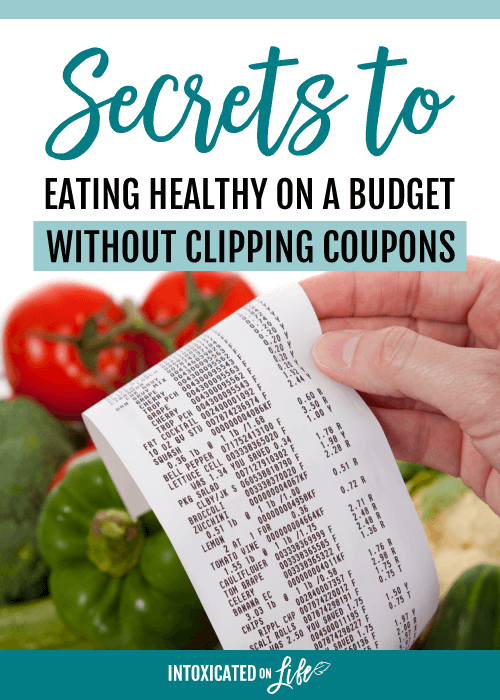
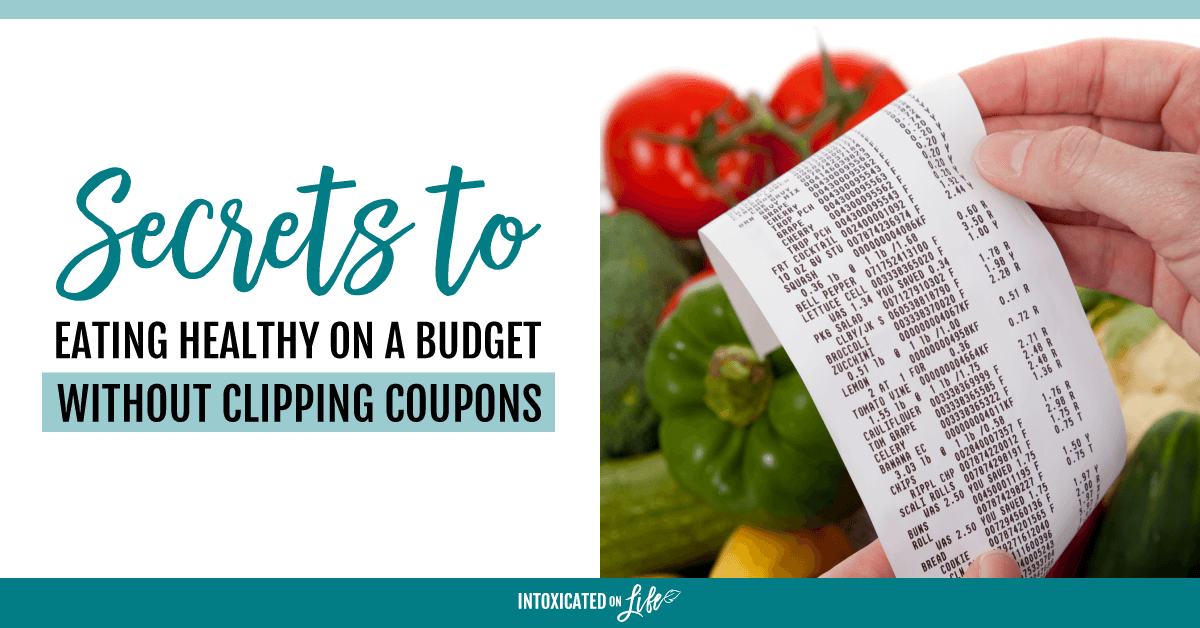
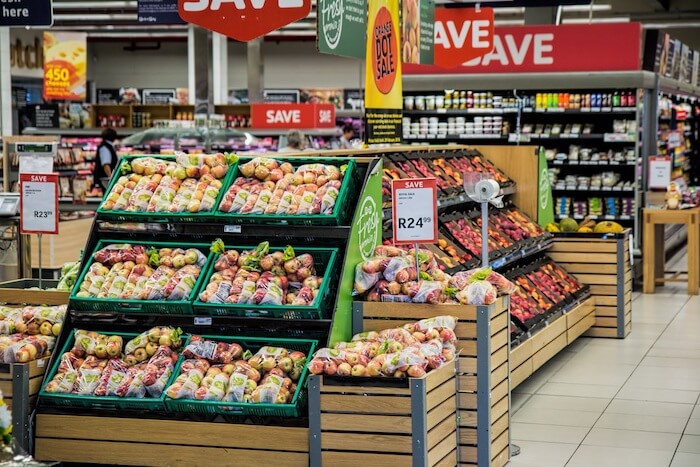
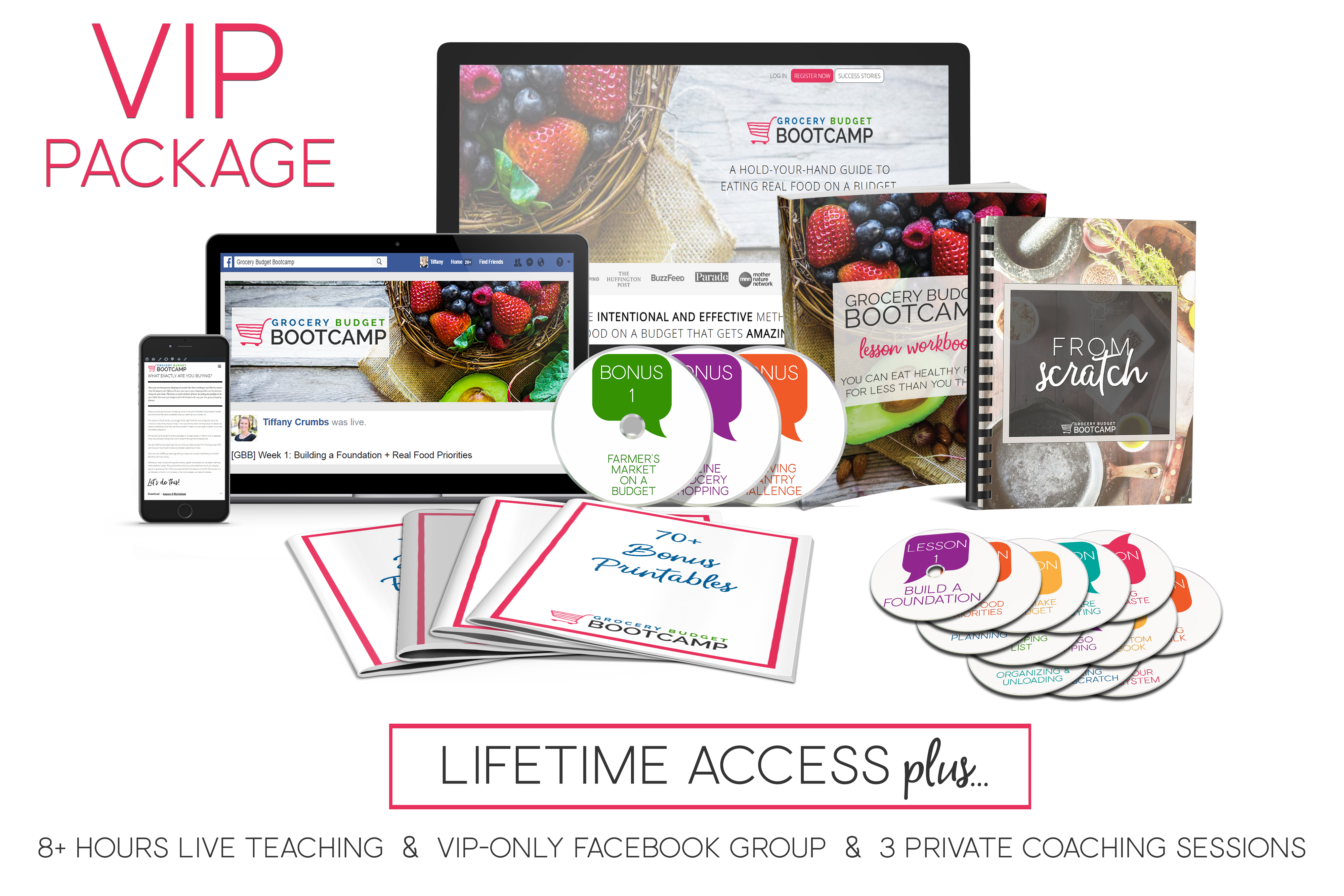



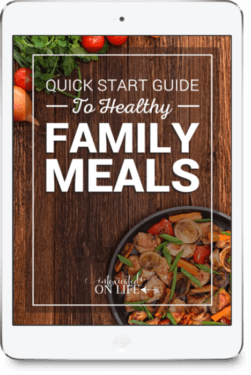



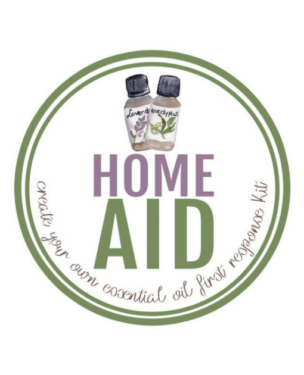

Happy New Year to you Trisha! Thanks for joining us over at Create With Joy.
I moved your 2 posts from the One Word Blog Hop where you linked up (because that is only for One Word and New Years Resolution related posts) to Inspire Me Monday at http://www.create-with-joy.com/2017/12/inspire-me-monday-week-313.html which is where you probably meant to link up.
If you are doing a One Word for the year, would love to have you come back and share (our party is open all month)! 🙂